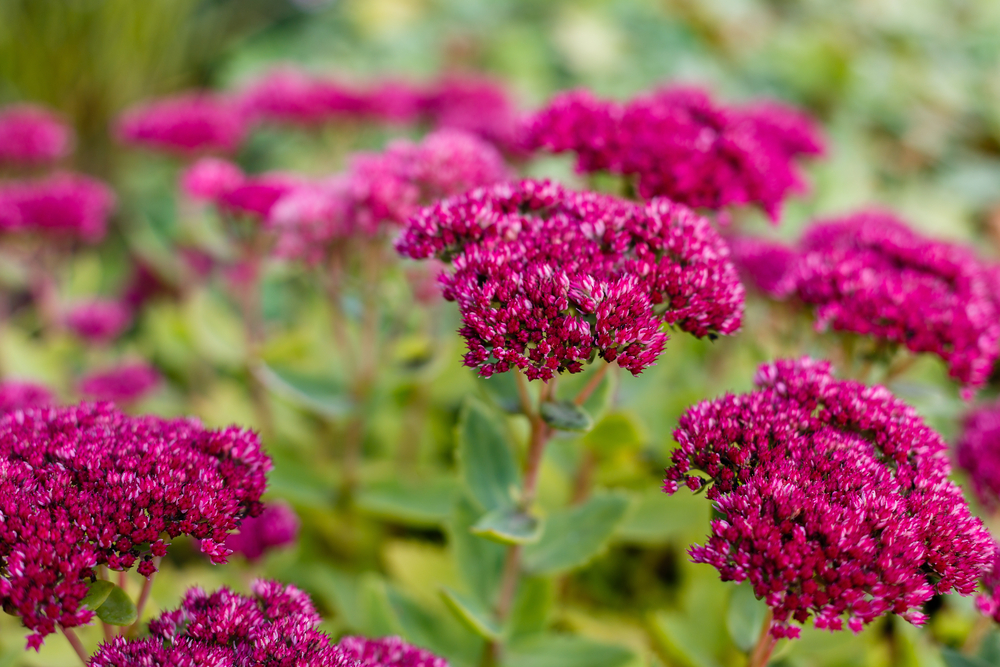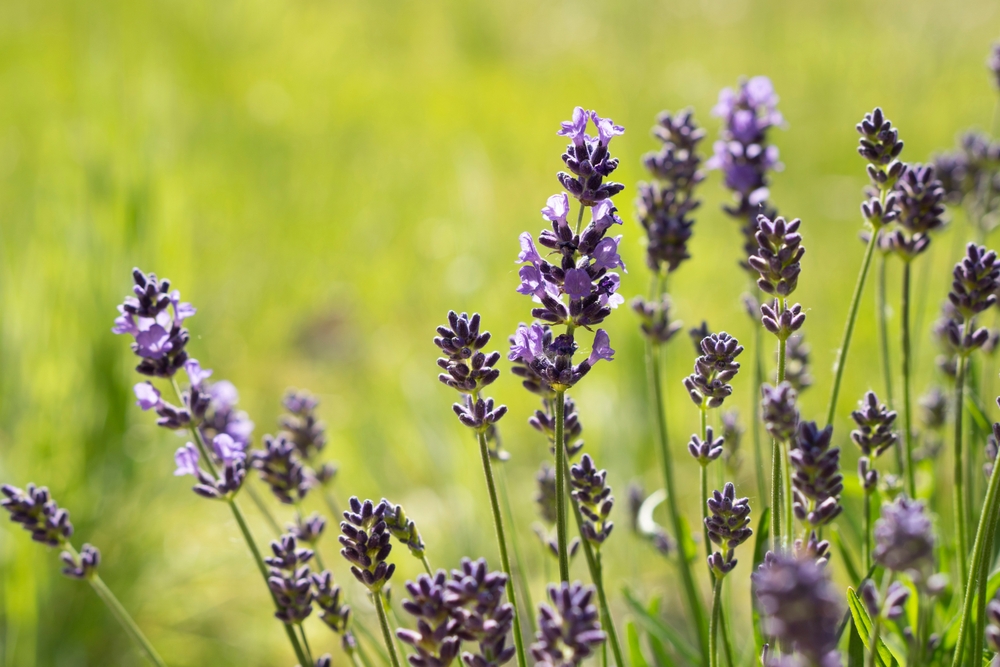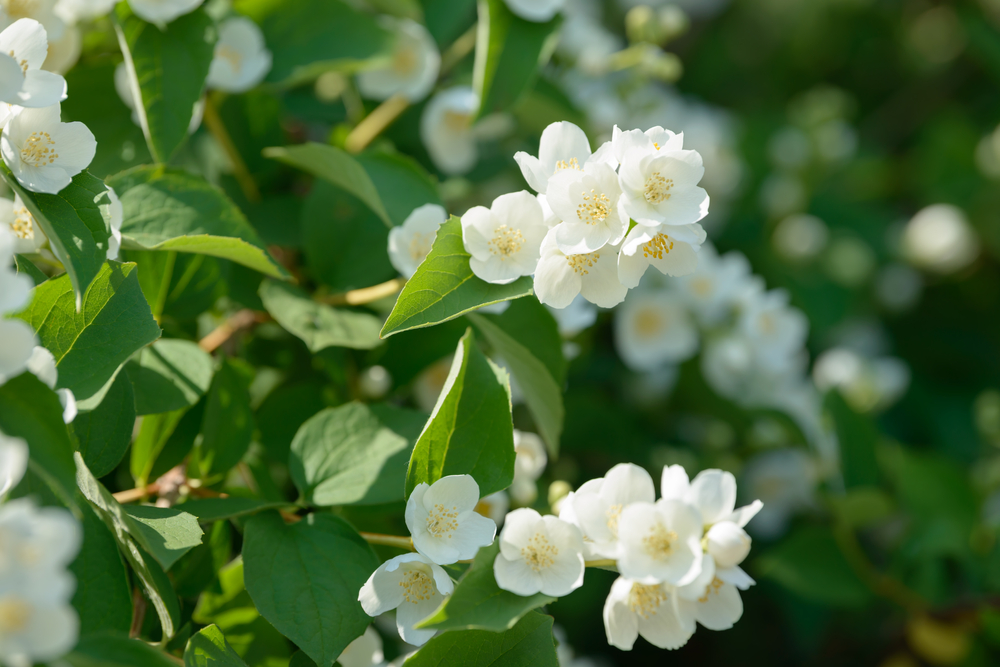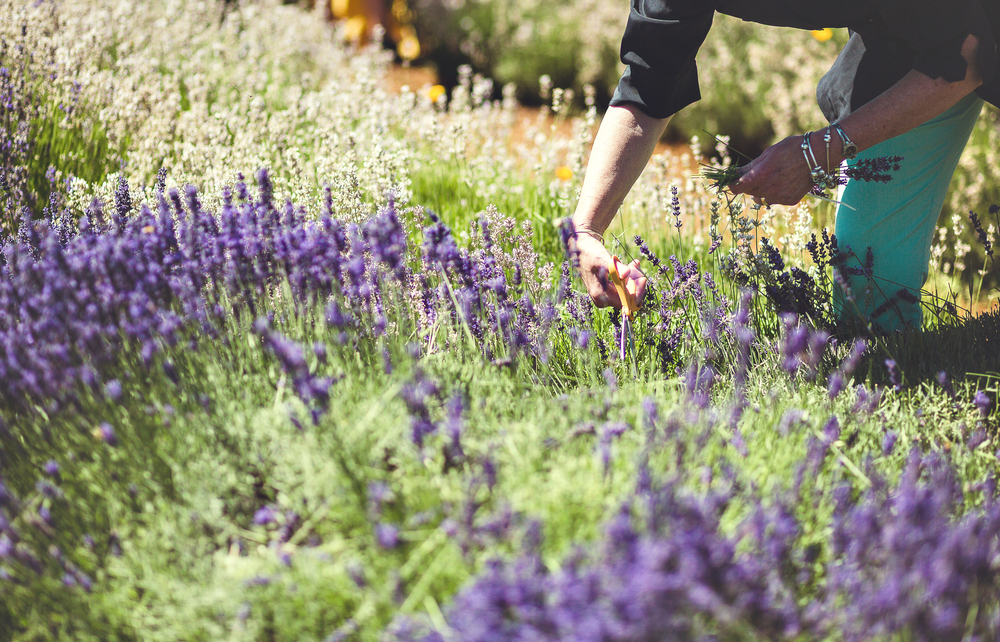Posted by Shannen Godwin on 17th Jun 2021
Drought Tolerant Plants to Beat the Summer Heat
With increasingly hotter summers in Britain, climate change presents us with the challenge of gardening with less water. However, there is a considerable range of plants that can tolerate dry conditions. These drought-tolerant plants are the perfect choice for sunny spots in your garden.
Nepeta
Nepeta are a reliable perennial, very hardy and tolerant of all conditions and it returns reliably each year. They are very effective even in dry and drought areas, so they are useful for even the most difficult spots in the garden.
Sedum
Sedums are superb drought-resistant succulents that produce domes of star-shaped flowers in the summer and autumn seasons. Sedums have evolved to live in exposed conditions, where soil is very well-drained and sun and wind dry everything out quickly, so over the centuries, they have developed some inbuilt coping mechanisms such as fleshy, water-storing leaves and stems.

Sedum
Lavender
A native to the Mediterranean and the Middle East, it’s no wonder that Lavender makes a great drought-tolerant addition to the garden. It can be used as a low hedge, specimen plant, or even a cut flower, and will add a beautiful fragrance to the garden.
Campsis Radicans
Also known as Trumpet Vines, these hardy plants are fast climbers that grow well even in poor soil and full sunlight, and the blossoms attract hummingbirds too. Campsis Radicans can live for decades and although they die back in the winter, they’re quick to spring back to life in the spring.

Lavender
Ceanothus
Ceanothus, commonly known as California Lilac, are highly drought tolerant shrubs and offer almost everything that a gardener could wish for in a shrub. Like Ceanothus Snow Flurry, these plants are free-flowering, drought tolerant, easy to cultivate and grow in most soils
Jasmine
Jasmine provide more than delicate tendrils and sweet perfume, they create substance, structure and colourful blooms to the garden. This genus of shrubs and vines contains around 200 species, native to tropical and warm temperate regions and a number of species have become naturalised in Mediterranean Europe.

Jasmine
Verbena
Native to the American Tropics, Verbena (such as Verbena bonariensis) plants are beautiful examples of drought-tolerant plants. These popular perennials produce rich nectar, so butterflies and bees also love them.
Russian Sage
One of the toughest plants that needs little care. Russian Sage loves direct sun, tolerates almost any soil and is extremely drought tolerant. Its fine texture makes Russian Sage a good choice if you’re seeking contrast with plants exhibiting a coarser texture.
Agapanthus
Agapanthus are some of the most beautiful and reliable summer plants you can grow. Once established, Agapanthus are tough enough to withstand dry spells without stressing. Originating from the cliffs of South Africa, they naturally enjoy lots of sunshine and are naturally resistant to wind.
More Plants for Shade to Consider
- Osteospermum
- Pennisetum
- Verbascum
- Sea Holly (Eryngium)
- Pittosporum
- Stipa
- Bearded Iris
- Hardy geraniums
- Veronica
- Echinops
- Gazania
Where to Plant Drought-Tolerant Plants
The beauty of a drought-tolerant plant is that they can be grown anywhere without having to worry about them over summer. This could be in the flower bed, border, or in a container or two. However, to improve their longevity, you could do the following:
- Before planting, double check whether your plant thrives in summer from the word go, or is drought-tolerant when established. Before the latter have established, they may wither in heat. Plant them as small plants somewhere with dappled shade to begin with.
- Incorporating organic matter to the soil before planting can help improve water drainage. Avoid using fertiliser, as it will encourage a bushier growth which can flop in summer and need extra watering.
- Add a mulch after planting on the soil at the base of the plant to help retain moisture.


